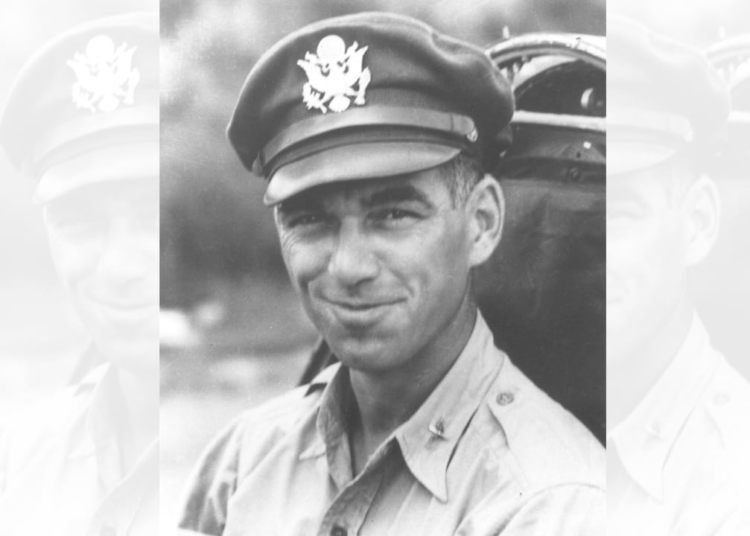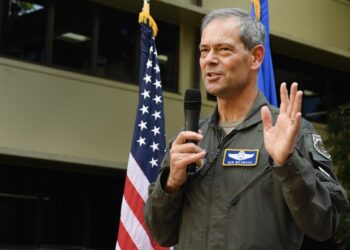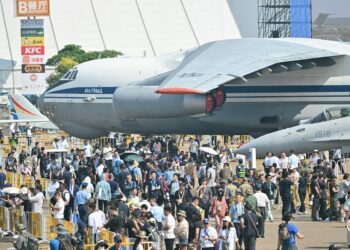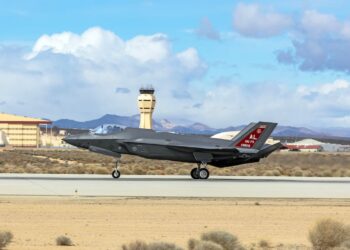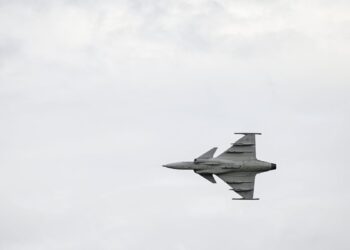Many of the most successful fighter pilots gained fame not only for their aerial tactics but also for their ability to pass their knowledge on to others. Ironically, some of those who transmitted their tactical wisdom suffered fatal consequences due to hubris, disobeying their own advice. Among these victims were World War I ace of aces Manfred von Richthofen and second-ranking American World War II ace Thomas B. McGuire Jr.
Another cautionary tale is that of Neel Kearby. While a second lieutenant in the Army Reserves in 1938, Kearby quickly rose through the ranks after World War II broke out, becoming a captain on February 1, 1942, a major on March 1, and a lieutenant colonel on November 28 of the same year.
In October 1942, Kearby was appointed to lead the new 348th Fighter Group. This group was the first unit sent to V Fighter Command in New Guinea, equipped with the Republic P-47D Thunderbolt, a robust single-engine fighter armed with eight wing-mounted .50-caliber machine guns. Although American pilots in the South Pacific generally favored the Lockheed P-38G Lightning due to its success as an ace-maker, many dismissed the P-47 “Jug” as too heavy and less maneuverable, particularly in dogfights against agile aircraft like the Japanese Navy’s Zero and the Army’s Nakajima Ki-43 Hayabusa.
Once in command, Kearby became a staunch advocate for the P-47, focusing on developing a doctrine that maximized the Thunderbolt’s diving speed and negated the advantages held by Japanese aircraft. The 348th Fighter Group relocated to Port Moresby, Papua New Guinea, on July 14, 1943. Under Kearby’s guidance, the unit trained extensively, and its first combat flight on August 16 resulted in their first victory against a Ki-43 of the 59th Koku Sentai, achieved by 2nd Lt. Wilburn C. Henderson.
At 32 years old, which was considered relatively old by USAAF standards, Kearby led by example. On September 4, he scored his first kills, downing a Mitsubishi G4M bomber and one of its Zero escorts. Ten days later, he successfully shot down a Mitsubishi Ki-46 reconnaissance aircraft. By September 23, Kearby had been promoted to colonel. On October 11, he notably shot down six Japanese aircraft within a mere 15 minutes, which ultimately earned him the Medal of Honor from Gen. Douglas MacArthur on January 23, 1944.
Over the following months, Kearby and the 348th established a strong presence in New Guinea. On January 9, 1944, he downed two more fighters, increasing his tally to 21. By this time, he had begun alternating between flying with the 348th and taking on desk duties in V Fighter Command, where Lt. Col. Robert Richard Rowland had taken over command of the squadron.
Maj. Gen. George C. Kenney, Kearby’s superior in the Fifth Air Force, encouraged this split to foster competition among aces, similar to the rivalry he had initiated between P-38 pilots Richard I. Bong and Tommy McGuire. This competition aimed to draw out the pilots’ best performances and maintain public interest in the Fifth Air Force.
On February 8, 1944, Kenney appointed Kearby to lead the 308th Bombardment Group (Heavy). However, it was during this command that Kearby would forget his own tactical principles. On March 5, 1944, while leading Captains Samuel Blair and William D. Dunham at 22,000 feet above the enemy airfields at Wewak, they spotted three Kawasaki Ki-48 bombers preparing to land at Dagua at 1720 hours.
The Japanese spotted Kearby’s group as well and scrambled five Ki-43s to intercept them. Each American ace was credited with a kill, but Kearby circled back for a second pass to ensure his victory. This maneuver, however, resulted in him being at a lower altitude and reduced airspeed, giving the advantage to the Japanese fighters. The 77th Sentai’s log subsequently credited Kearby’s downing to Warrant Officer Koichi Mitoma and Sgt. Hiroshi Aoyagi, with one of Kearby’s planes damaged in the encounter.
In July 1947, Australian War Graves personnel discovered Kearby’s remains in the wreckage of his aircraft, “Fiery Ginger IV,” just 1,800 feet from Dagua. The only identifiable remnant, the white vertical stabilizer with the serial number 42-22668, was sent back to the U.S. and displayed in
